Las Vegas, Nevada, has a rich and colorful history that spans centuries, from its Native American roots to its transformation into a world-renowned entertainment and resort destination. Here is an overview of its historical development:
- Native American Presence: Before European settlers arrived, the Las Vegas Valley was inhabited by Native American tribes, primarily the Southern Paiute people. They lived in the area for thousands of years, relying on the region’s natural resources for their livelihood.
- Spanish and Mexican Influence: In the 18th century, Spanish explorers and traders ventured into the area, followed by Mexican traders and settlers. “Las Vegas” is Spanish for “The Meadows,” named after the lush green areas fed by natural springs in the valley.
- American Exploration: In the mid-19th century, Las Vegas became a part of the United States as a result of the Treaty of Guadalupe Hidalgo, which ended the Mexican-American War. Explorers and settlers passed through the region on their way to California and the western frontier.
- Railroad Era: The most significant turning point in the city’s history occurred with the arrival of the railroad in the early 20th century. In 1905, the San Pedro, Los Angeles, and Salt Lake City Railroad established a depot in Las Vegas, leading to an influx of people and economic growth.
- Prohibition and Mob Influence: During the Prohibition era, Las Vegas became known as a hotspot for illegal gambling, drinking, and entertainment. Organized crime figures like Benjamin “Bugsy” Siegel played a pivotal role in developing the city’s reputation as a gambling and entertainment hub.
- Atomic Testing: In the mid-20th century, Las Vegas was a key location for atomic bomb testing. The nearby Nevada Test Site, now known as the Nevada National Security Site, was the site of numerous nuclear tests, attracting scientists and military personnel to the area.
- Resort and Entertainment Development: Starting in the 1940s, Las Vegas began a transformation into the entertainment and resort destination it is known as today. The city’s famous “Strip” developed as hotels and casinos like the Flamingo, Sahara, and the Stardust opened their doors.
- Growth and Urbanization: Las Vegas continued to grow rapidly throughout the latter half of the 20th century, with the construction of mega-resorts, entertainment venues, and golf courses. The city’s economy became increasingly dependent on tourism and hospitality.
- Economic Diversification: In recent years, Las Vegas has made efforts to diversify its economy by attracting technology companies and other industries to the region. The city has also become known for hosting conventions and trade shows, in addition to its renowned entertainment offerings.
- Modern Las Vegas: Today, Las Vegas is famous for its world-class entertainment, luxury resorts, fine dining, shopping, and vibrant nightlife. The city hosts numerous events, including the annual World Series of Poker and the Consumer Electronics Show, making it a hub for a wide range of interests.
Las Vegas’s history is a fascinating blend of Native American heritage, Western expansion, and a remarkable transformation into an iconic destination for entertainment and leisure. Its unique and ever-evolving character continues to draw visitors from around the world.

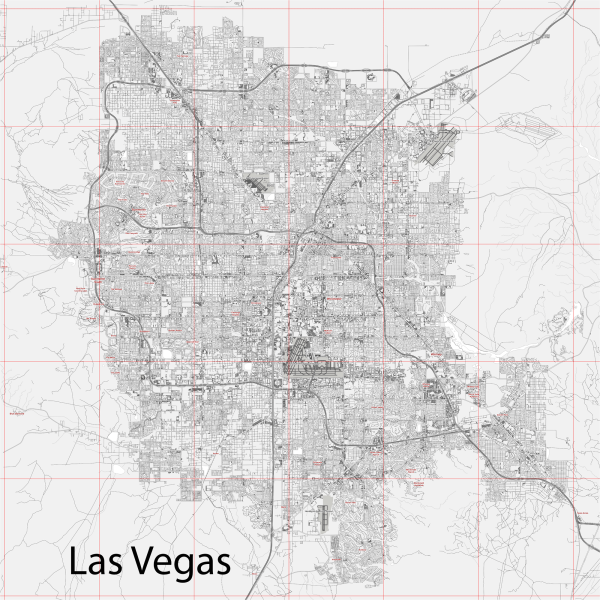
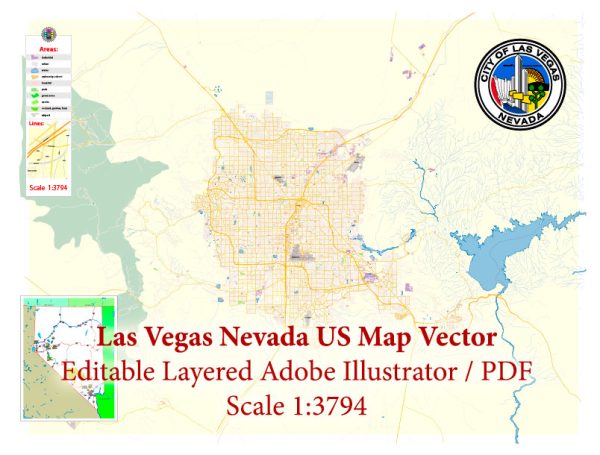
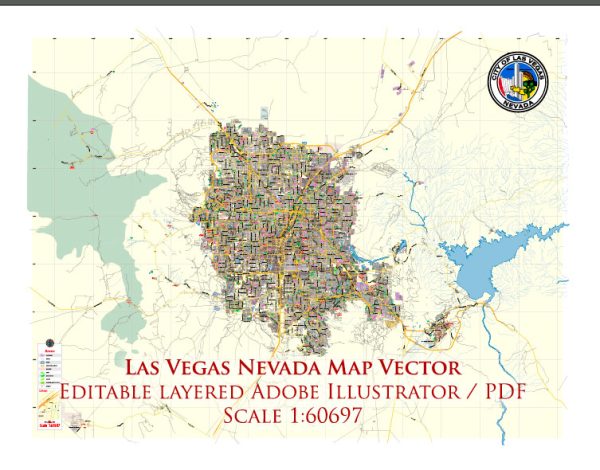
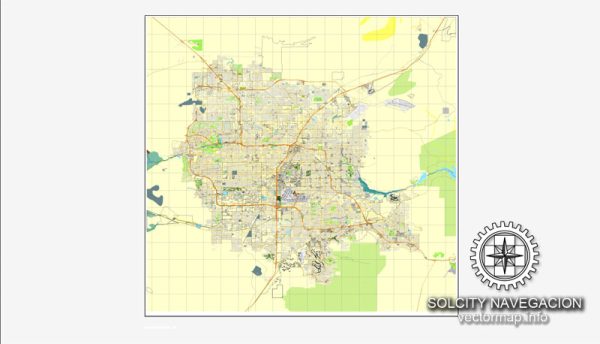
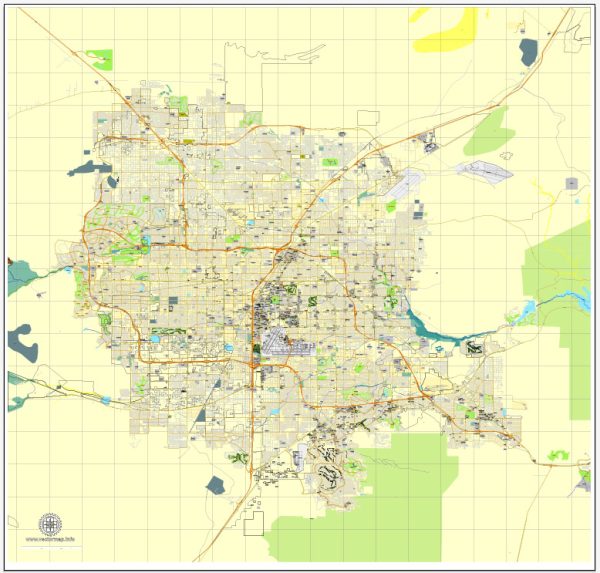
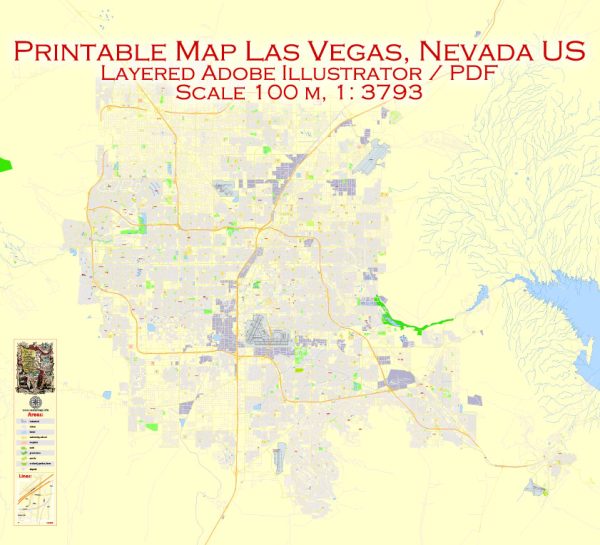
 Author: Kirill Shrayber, Ph.D.
Author: Kirill Shrayber, Ph.D.